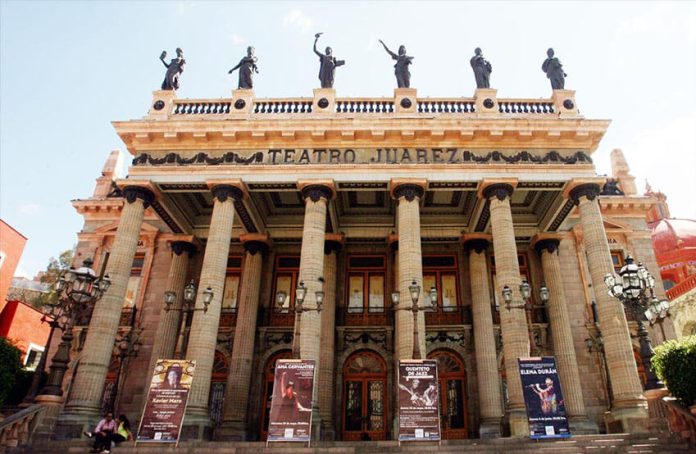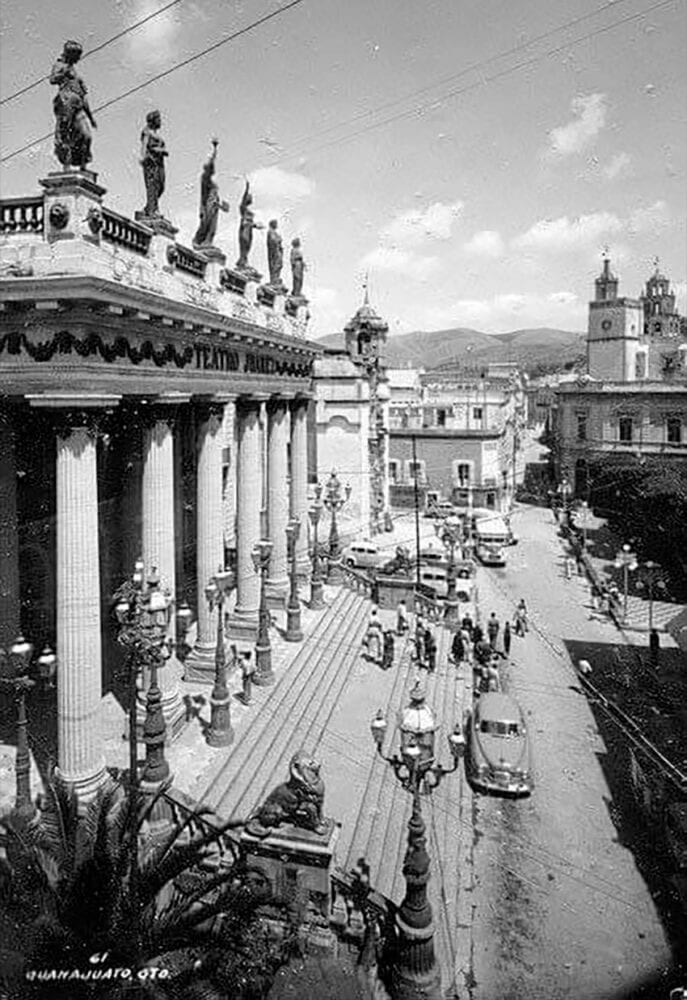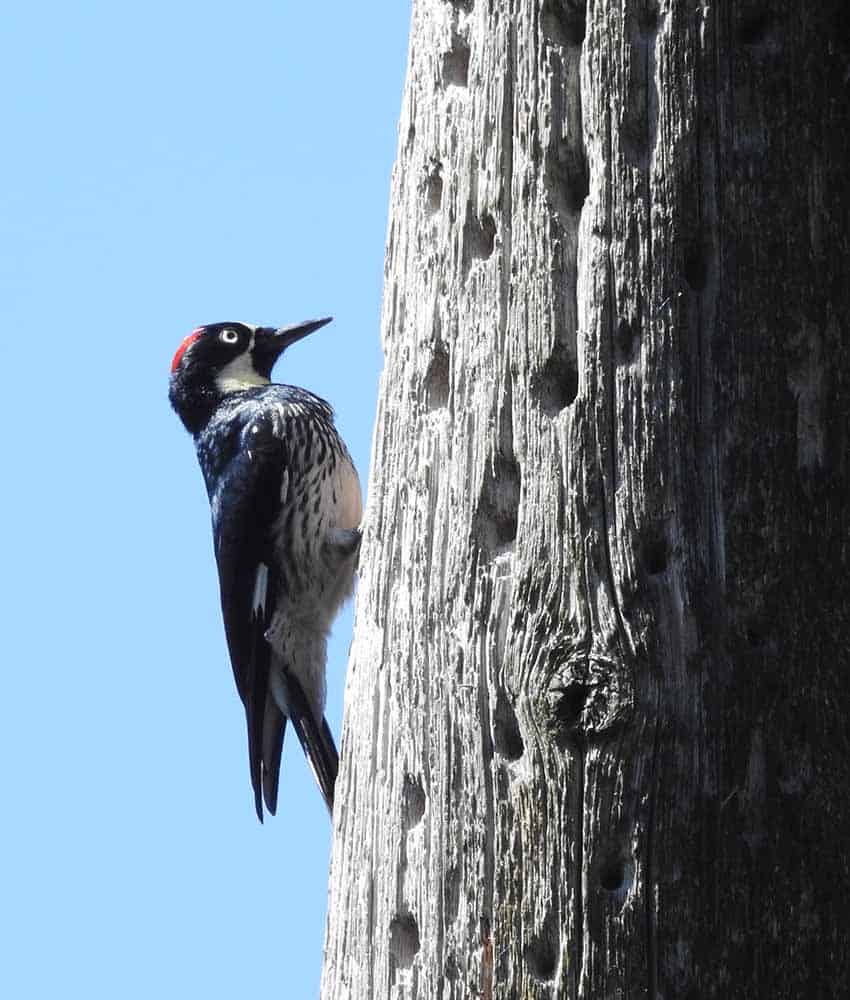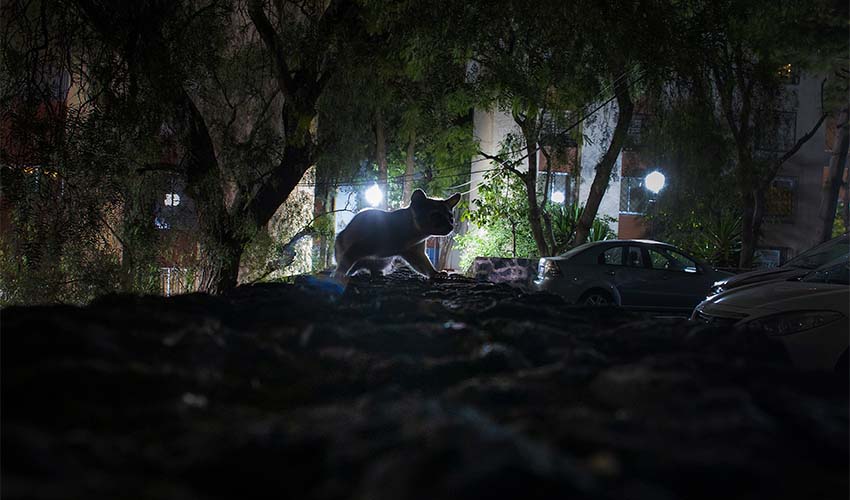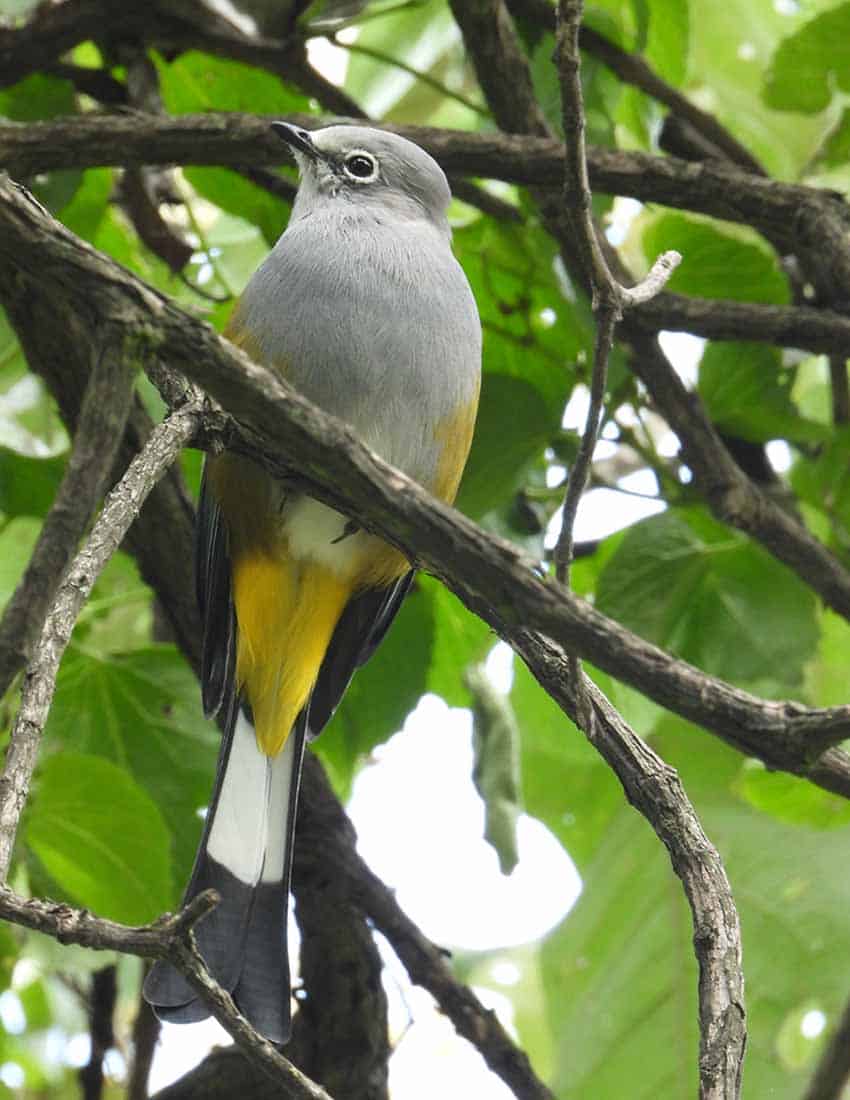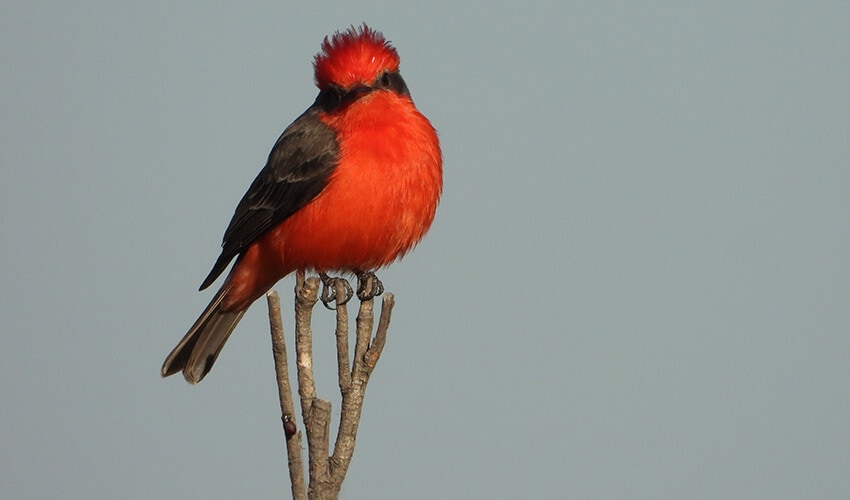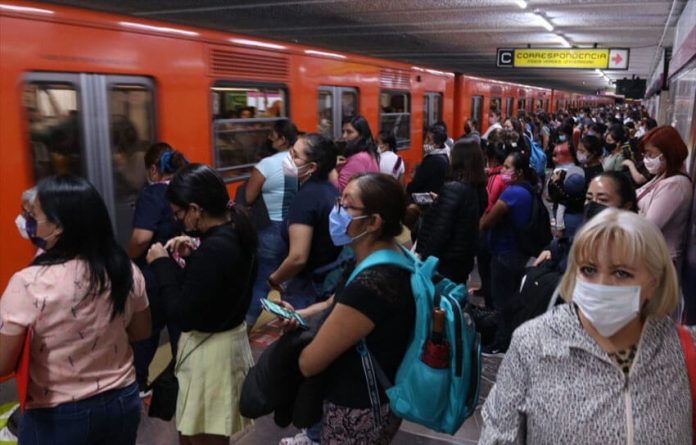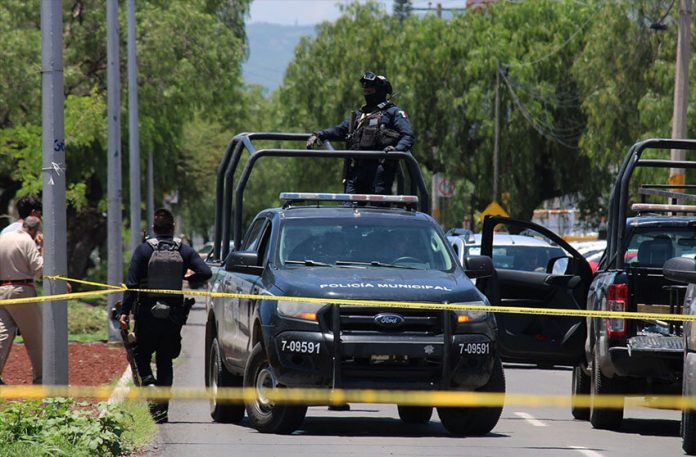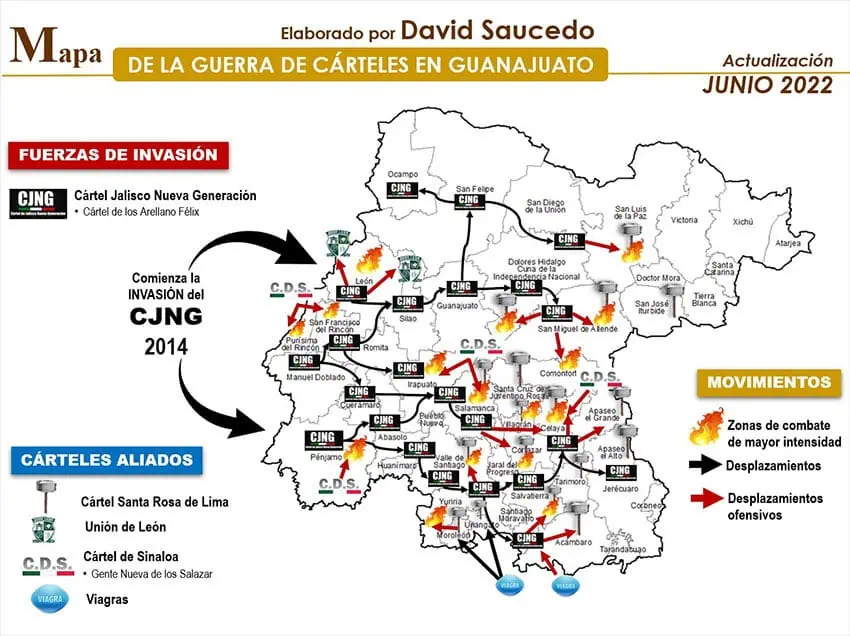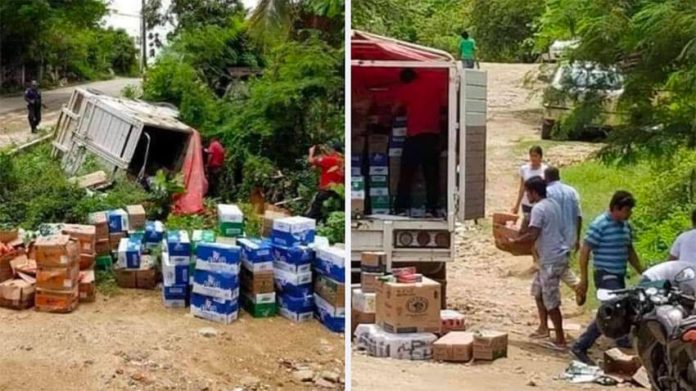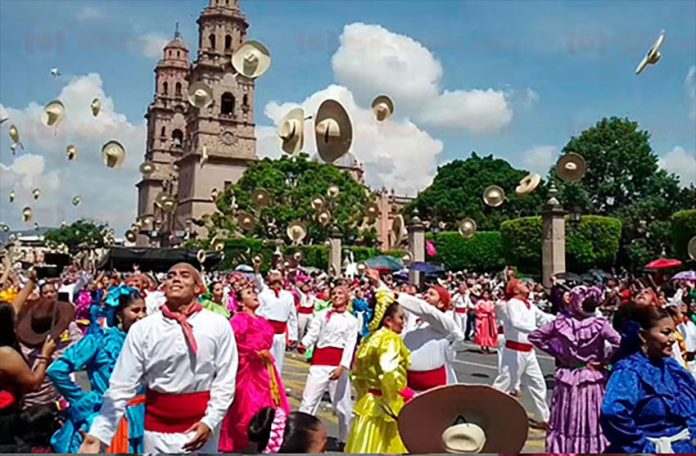Two Mexican men have been charged in connection with the death of at least 51 mainly Mexican migrants who perished after being trapped in stifling conditions in a tractor-trailer found abandoned in San Antonio, Texas, on Monday.
Juan Francisco D’Luna-Bilbao and Juan Claudio D’Luna-Méndez were charged in United States federal court on Tuesday. According to court documents and U.S. authorities, the Mexican nationals were charged with possession of firearms while living in the U.S. illegally.
Their arrest came after investigators traced the tractor-trailer’s registration to an address in San Antonio, located about 230 kilometers northeast of the northern border city of Piedras Negras, Coahuila. The residence was placed under surveillance and D’Luna-Bilbao and D’Luna-Méndez were detained separately when seen leaving.
A U.S. citizen identified as the person who drove the truck is also expected to face charges but he remained in hospital on Tuesday night, according to a Mexican official cited by the Reuters news agency.

The truck and the deceased migrants – 39 men and 12 women – were found next to railroad tracks in an industrial area on the outskirts of San Antonio. Among the dead were at least 27 people believed to be Mexican as well as four Hondurans and three Guatemalans. The nationality of the other victims hasn’t been established.
Craig Larrabee, a high-ranking official with the investigative branch of U.S. Immigration and Customs Enforcement, said the death toll was the largest ever from a human trafficking attempt in the United States.
According to Texas authorities, the rear door of the trailer was open when the vehicle was found and “stacks of bodies” were inside. The bodies of other victims were found on the ground near the truck. The temperature rose to almost 40 C in San Antonio on Monday, heat that apparently created intolerable conditions in the trailer. Authorities said the victims were hot to the touch and that there were no signs of water in the truck, which didn’t appear to have air-conditioning.
Over a dozen survivors, including four children, were transferred to local hospitals for treatment for heat stroke and exhaustion. Other people in the trailer – which may have been transporting some 100 migrants – apparently fled.
Anonymous United States and Mexican officials who spoke with Reuters said it appeared that the migrants had recently crossed into the U.S. and were picked up by the truck to be taken to an undisclosed location to work. Officials said the migrants had been sprinkled with a pungent substance, a tactic known to be used by some smugglers to conceal the scent of human cargo and thus evade detection by sniffer dogs.
The tragedy comes six months after at least 55 people were killed when a tractor-trailer transporting more than 150 mainly Central American migrants overturned on a highway in Chiapas. Ten migrants died in 2017 after being transported by a trailer found abandoned in a San Antonio Walmart parking lot. The driver of that vehicle was sentenced to life in prison.
The detection of trailers carrying large numbers of migrants is fairly common in Mexico, although it’s likely that many evade authorities and reach the northern border. More than 650 Central American migrants were found hidden in the refrigerated containers of three tractor-trailers traveling in Tamaulipas last October, while over 100 migrants were abandoned in a truck in Veracruz last June.
President López Obrador on Tuesday described the most recent deaths as a “terrible tragedy,” while U.S. President Joe Biden said the loss of life was “horrifying and heartbreaking.”
“This incident underscores the need to go after the multi-billion dollar criminal smuggling industry preying on migrants and leading to far too many innocent deaths,” Biden said in a statement.
“… Exploiting vulnerable individuals for profit is shameful, as is political grandstanding around tragedy, and my administration will continue to do everything possible to stop human smugglers and traffickers from taking advantage of people who are seeking to enter the United States between ports of entry.”
Texas Governor Greg Abbott blamed Biden for the deaths, writing on Twitter that “they are a result of his deadly open border policies” and “show the deadly consequences of his refusal to enforce the law.”
Earlier this year, Abbott implemented a stringent inspection process for commercial vehicles crossing the border into Texas but it was later lifted when he struck agreements with the Mexican governors of border states.
López Obrador and Biden – who has had to contend with a record number of illegal migrant crossings since he took office in January 2021 – are scheduled to meet in Washington D.C. on July 12. Migration cooperation will be one of the items on the agenda, according to a White House statement.
With reports from Reuters



